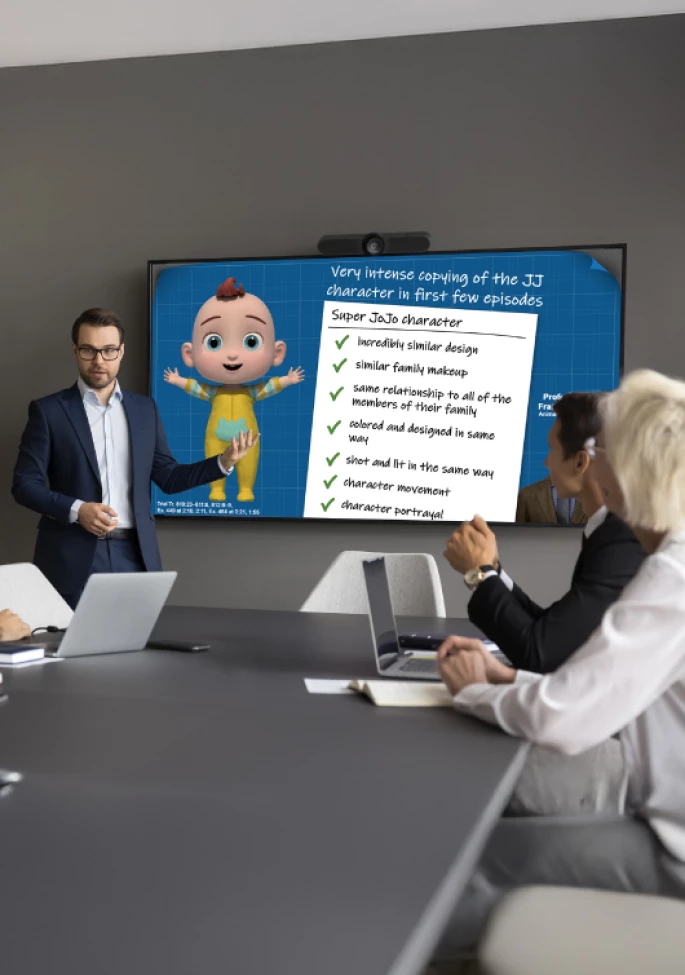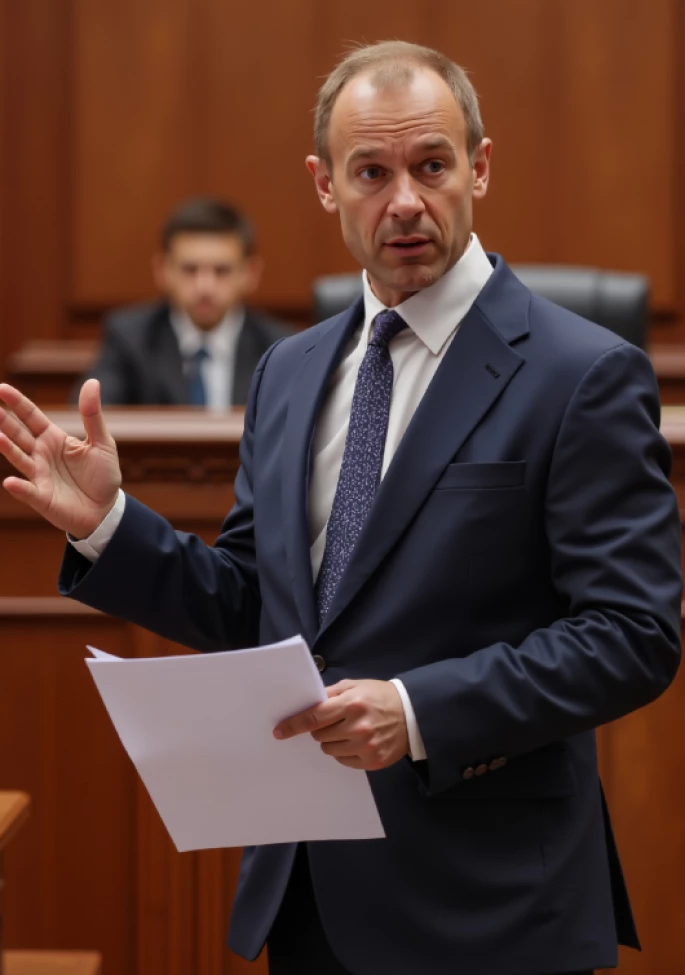Few things fluster lawyers during voir dire like a Batson challenge. If the prospect of justifying your strikes on the record makes you uneasy, you are not alone. We have seen competent lawyers easily thrown off track in the midst of a successful voir dire when the opposing party challenges their method for exercising peremptory strikes. Below, we discuss some key points when raising a Batson challenge to preserve the diversity of your jury.
Tracking Cognizable Groups
First, it is important to keep in mind that Batson is not limited to juror race. Since the 1986Batson decision, the court has extended protection to any “cognizable group.” The US Supreme Court defines a cognizable group as “a recognizable, distinct class, singled out for different treatment under the laws.” Castaneda v. Partida, 430 U.S. 482, 494 (1972).
Many states have attempted to define the term further, so it is important to know the laws on this issue in your jurisdiction before jury selection commences. For example, the California courts attempted to explain what constitutes a recognizable and distinct class in People v. Wheeler, 22 Cal 3d 256, 276-77 (1978). Unlike specific biases, which are valid grounds for executing a strike, an unconstitutional strike based on a group bias exists “when a party presumes that certain jurors are biased merely because they are members of an identifiable group distinguished on racial, religious, ethnic, or similar grounds.” Id. at 276.
At this time, most courts have extended the protection to gender, national origin, and religion. In 2000, California became the first state to extend the protection to sexual orientation. People v. Garcia, 77 Cal. App. 4th 1269, 1277 (2000). Because an argument could be made to extend the protection to any cognizable group, it is important to take good notes during jury selection, keeping track of the demographic variables for each juror. Having a consultant on hand can be especially useful for keeping track of this information while counsel remains focused on connecting with jurors during voir dire.
Best Timing for a Batson Challenge
One common misconception about making a Batson challenge is that you must wait until the entire jury is empaneled before making the challenge, but no such rule exists. Rather, the motion can be made at any point where the challenging party is able to establish an inference of discriminatory intent. Indeed, making the challenge shortly after your opponent has exercised the discriminatory strike is one way to catch your opponent off guard and disrupt a successful voir dire. Once your opponent has exhausted all their strikes, they will be in a better position to conjure pretextual justifications for the strike or to argue that subsequent strikes (e.g., of a non-minority juror) disprove a discriminatory intent.
In many jurisdictions, the remedy when the judge grants a Batson challenge is to reseat the stricken juror, so a judge may be more likely to grant the challenge if it is made before the juror is dismissed. Another strategy is to put the opposing party on notice of your willingness to make a Batson challenge early in the process as a deterrent. This can be done, for example, by raising the concern in advance with the judge or opposing counsel, explaining that you do not want to disrupt the proceedings with the challenge.
Establishing a Prima Facie Case
The first step when making a Batson challenge requires you to establish a prima facie case of purposeful discrimination, which involves first identifying that a stricken juror is a member of a protected cognizable group. Then, you will need to show that this fact, along with any other relevant circumstances, creates an inference that the opposing party has used a peremptory challenge, or multiple challenges, to strike potential jurors on the basis of their membership in that group.
Batson encourages the trial judge to consider the defending party’s pattern of strikes because it may strongly support the inference of a discriminatory intent, but by no means is the pattern definitive, nor is it necessary for counsel to use all their strikes on members of the protected group. Consequently, you should be prepared to make a Batson challenge even if the opposing party has previously passed on a member of the protected group or struck a member of the non-targeted group.
Because the judge must consider any relevant circumstances, the party making the challenge should refer to any aspect of the voir dire that supports the inference of a discriminatory intent, including, for example, that the opposing counsel targeted a certain racial group in asking questions pertaining to cause and hardship. It could also include not asking questions of jurors in the non-targeted racial group. Although the defending party has a burden to provide a race-neutral explanation for the strike, the burden to prove discriminatory intent “rests with, and never shifts from, the opponent of the strike.” Purkett v. Elem, 514 U.S. 765, 768 (1995) (per curiam).
Once again, establishing a prima facie case and proving discriminatory intent case requires detailed note-taking, so we recommend having a consultant on hand who has experience tracking patterns that judges find compelling in establishing discrimination and arguing that the proffered reasons for the peremptory challenge are pretextual given the existence of similarly situated jurors on the panel.
Preserving the Record
Although the trial judge’s ruling on the challenge is a factual finding that will only be overturned if clearly erroneous, if an appellate court finds that the trial court erroneously denied the challenge, it is a structural error that requires automatic reversal. As a result, it is essential to have a clear record of both the challenge and the discriminatory patterns that support the challenge. We recommend insisting on a court reporter during voir dire, renewing the motion throughout voir dire when additional facts arise that continue to support the challenge, and objecting to the empanelment of the jury, outside of the jury’s presence and prior to their swearing in.
By tracking juror demographics and your opponents’ patterns, both during voir dire and when exercising challenges, your consultant will be in the best position to provide the information you need to make a clear record.
In Conclusion
Given the importance of having a diverse jury that represents the views of the community, counsel should be prepared to make a Batson challenge during every jury selection. As we have discussed, having a consultant by your side during this process would not only help you make an effective challenge but should also provide you with the confidence to do so, which can also be a tool for flustering your opponent and disrupting a successful voir dire.





